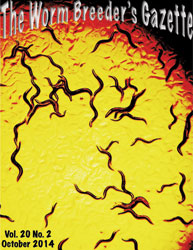We have constructed a microscope that provides three-dimensional (3D) super-resolution in live multicellular organisms using structured illumination microscopy (SIM). We use sparse multifocal illumination patterns generated by a digital micromirror device (DMD) to physically reject out-of-focus light, enabling 3D subdiffractive imaging in samples eightfold thicker than previously possible. The microscope can image samples at a rate of one 2D image per second, at resolutions as low as 145 nm laterally and 400 nm axially. We demonstrate the applicability of the technique to a wide variety of samples, including: dual-labeled whole fixed cells, GFP-labeled microtubules in live transgenic zebrafish embryos, and GFP-histones in nematode embryos. We also capture dynamic changes in the zebrafish lateral line primordium and observing interactions between myosin IIA and F-actin in cells encapsulated in collagen gels, obtaining two-color 4D super-resolution data sets spanning tens of time points and minutes without apparent phototoxicity. Our method uses commercially available parts and open-source software and is simpler than existing SIM implementations, allowing easy integration with wide-field microscopes (we estimate the microscope can be constructed for < $100k, significantly cheaper than most confocal microscopes). The software is available at code.google.com/p/msim/.
References
York AG, Parekh SH, Nogare DD, Fischer RS, Temprine K, Mione M, Chitnis AB, Combs CA, and Shroff H. (2012). Resolution doubling in live, multicellular organisms via multifocal structured illumination microscopy. Nat. Methods, May 13 (Epub ahead of print). 




